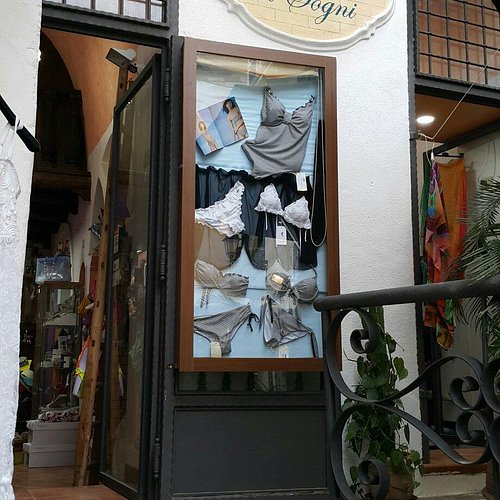Top 10 Things to do in Atrani, Campania
Discover the best top things to do in Atrani, Italy including La Bottega dei Sogni, Santuario Santa Maria del Bando, Chiesa di San Salvatore de Birecto, Collegiate Santa Maria Maddalena, Vicoli, scale e archi, Piazzetta Umberto I, Gelateria Artigianale Marco ed Elisa, Spiaggia di Atrani, Chiesa della Madonna del Carmine, Grotta dei Santi.
Restaurants in Atrani
1. La Bottega dei Sogni
2. Santuario Santa Maria del Bando
Overall Ratings
5.0 based on 25 reviews
Reviewed By CassandraTIS
It was worth every step to see this awe-inspiring location. Led by local Giovanni, we were able to access the beautiful and historic church as well as the two grotte (caves) on site. Giovanni's knowledge and passion were shown through this stories throughout the tour. I highly recommend this unique and off the beaten path experience during your next visit to the Amalfi Coast.
3. Chiesa di San Salvatore de Birecto
Overall Ratings
4.5 based on 50 reviews
Built in the 10th century, the church has a square plan with front porch and is divided into three naves with barrel vaults. The oldest pieces in the church are: marble slab of the 12th century, depicting two peacocks. Doors of bronze, made in 1087, were donated to the church by the noble Atranese Viarecta Pantaleone.
4. Collegiate Santa Maria Maddalena
5. Vicoli, scale e archi
Overall Ratings
4.5 based on 83 reviews
Reviewed By Brun066 - Florence, Italy
I passed through the Atrani ancient center descending on foot from Ravello, along the valley of the Dragone stream. All the towns of the Amalfi Coast are squeezed between sea and mountains, but Atrani is even more so, due to the narrowness of the Dragone valley, which here flows into the sea. Therefore, if anywhere on the Amalfi Coast there is little space suitable for settlement, here it is even less. On the other hand, this settlement is among the oldest on the coast. It isn't, to be explicit, like Positano, which despite being comparable for the narrowness of the site where it stands, has only really developed since the 18th century. On the contrary, Atrani, a short distance from Amalfi, almost coeval with it, with its own walls and its own arsenal, has been the residence of some of the noblest families of the Maritime Republic from the beginning (see in this regard the accurate Giuseppe Gargano's paper, also available on the web), this explains its secular prosperity, and therefore the artifices with which for many centuries the important inhabited area has had to adapt to the available space. Hence the maze of narrow streets and stairways that fascinated, among others, Cornelius Escher in the 1920s, and that today fascinates any sensitive visitor. Mykonos and Corricella di Procida are the most similar historical centers that have come to my mind; but while the first is quite flat, in Atrani - as and more than in Corricella - everything is contracted, because it is crushed by the walls of the looming cliffs. Basically, a smaller and better preserved Amalfi. I have no hesitation in saying that this is the most precious of the historic settlements of the Amalfi Coast.
6. Piazzetta Umberto I
Overall Ratings
4.5 based on 135 reviews
7. Gelateria Artigianale Marco ed Elisa
8. Spiaggia di Atrani
9. Chiesa della Madonna del Carmine
10. Grotta dei Santi
Overall Ratings
5.0 based on 1 reviews









